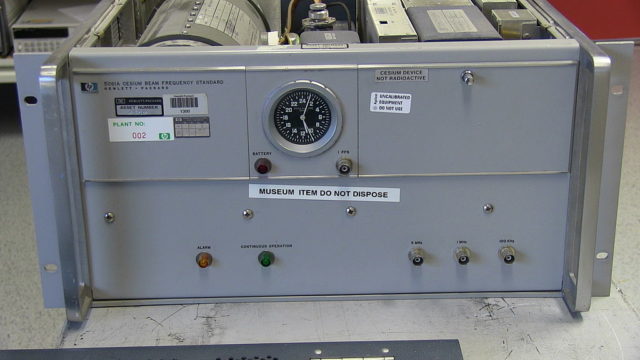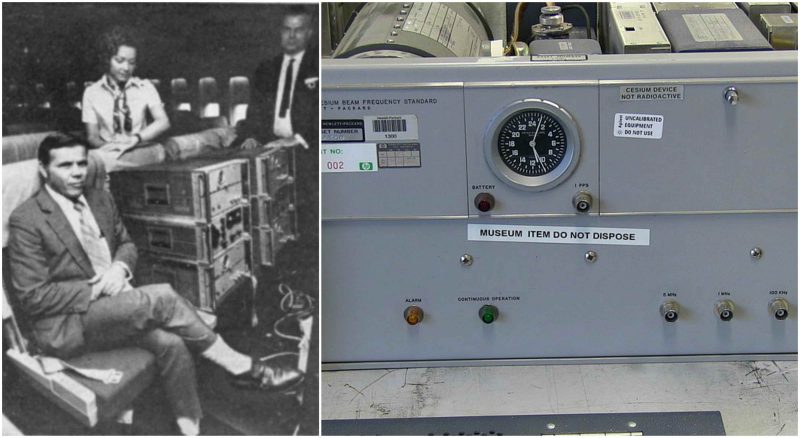The Hafele–Keating experiment was a test of the theory of relativity. In October 1971, Joseph C. Hafele, a physicist, and Richard E. Keating, an astronomer, took four cesium-beam atomic clocks aboard commercial airliners. They flew twice around the world, first eastward, then westward, and compared the clocks against others that remained at the United States Naval Observatory. When reunited, the three sets of clocks were found to disagree with one another, and their differences were consistent with the predictions of special and general relativity.
“During October 1971, four cesium atomic beam clocks were flown on regularly scheduled commercial jet flights around the world twice, once eastward and once westward, to test Einstein’s theory of relativity with macroscopic clocks. From the actual flight paths of each trip, the theory predicted that the flying clocks, compared with reference clocks at the U.S. Naval Observatory, should have lost 40+/-23 nanoseconds during the eastward trip and should have gained 275+/-21 nanoseconds during the westward trip … Relative to the atomic time scale of the U.S. Naval Observatory, the flying clocks lost 59+/-10 nanoseconds during the eastward trip and gained 273+/-7 nanosecond during the westward trip, where the errors are the corresponding standard deviations. These results provide an unambiguous empirical resolution of the famous clock “paradox” with macroscopic clocks.”

In his original 1905 paper on special relativity, Einstein suggested a possible test of the theory: “Thence we conclude that a spring-clock at the equator must go more slowly, by a very small amount, than a precisely similar clock situated at one of the poles under otherwise identical conditions.” Because he had not yet developed the general theory, he did not realize that the results of such a test would, in fact, be null, since the surface of the earth is a gravitational equipotential, and therefore the effects of kinematic and gravitational time dilation would precisely cancel.
Since the Hafele–Keating experiment has been reproduced by increasingly accurate methods, there has been a consensus among physicists since at least the 1970s that the relativistic predictions of gravitational and kinematic effects on time have been conclusively verified. Criticisms of the experiment did not address the subsequent verification of the result by more accurate methods and have been shown to be in error.
